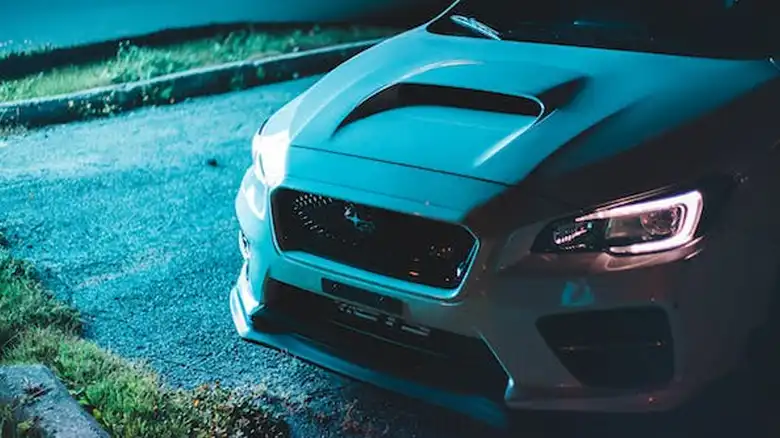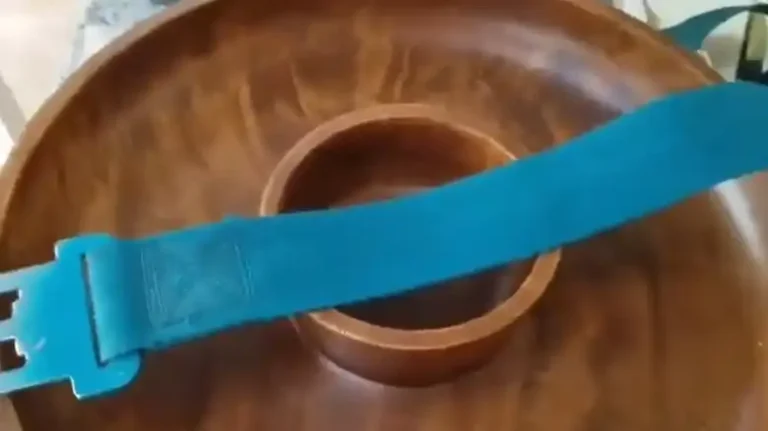Should You Clay Bar a New Car? Let’s Find Out
When you drive off the dealership lot in your brand-new car, the paint gleams, and every curve reflects perfection. It’s a sight to behold, but whether or not you should clay bar a new car is a matter of debate. Some people believe that new cars are free of contaminants and do not need to be clayed, while others argue that even new cars can benefit from claying.
So, it’ll be better to dive deeper into the topic and get to know whether clay bar a new car is good or not.

Benefits of Clay Barring a New Car
Improved Paint Smoothness
Your new car may not be as pristine as it seems. Even fresh out of the factory, the paint can be contaminated with tiny, embedded particles. These contaminants include rail dust, industrial fallout, tree sap, and more. These contaminants can bond to the paint and make it difficult to clean and protect. Claying a new car can help to remove these contaminants, leaving the paint smooth and clean. This can make it easier to apply wax and other protectants to the paint and help the car look its best. Additionally, claying a new car can prevent these contaminants from bonding to the paint and becoming more difficult to remove later.
Enhanced Paint Clarity
New cars may also have subtle imperfections in their paint, such as fine scratches, swirl marks, and hazing, resulting from the manufacturing and transportation processes. Claying can effectively eliminate these imperfections, resulting in improved paint clarity. When light reflects off the paint, it does so more evenly, enhancing the overall shine and reflection of your vehicle.
Preparation for Waxing or Sealant
A smooth, contaminant-free paint surface is essential for any subsequent waxing or sealing. If you plan to protect your new car’s paint with wax or sealant, clay barring is an important preparatory step. When the paint is free of contaminants, the wax or sealant bonds more effectively, providing longer-lasting protection and a more brilliant shine.
Potential Drawbacks of Clay Barring a New Car
Risk of Surface Damage
While clay barring offers numerous benefits, it’s not without risks. If done improperly or excessively, it can lead to surface damage, including scratches. To mitigate this risk, it’s crucial to use a high-quality clay bar and a lubricant to ensure smooth gliding. Additionally, employ the right technique, applying gentle pressure, and being attentive to the condition of your clay bar. Using a clay bar on a dirty surface or without proper lubrication can lead to scratches, defeating the purpose of clay barring.
Time and Effort
Clay barring a car can be a time-consuming process, especially if it’s your first time. It requires patience and attention to detail to ensure the best results. You may need to set aside several hours to complete the job properly. It’s not a task to rush, as hurrying through the process can increase the likelihood of errors and damage to the paint.
When to Consider Clay Barring a New Car
Visible Contaminants
If your new car has visible contaminants like tar, tree sap, or water spots that won’t come off with a regular wash, clay barring is a good option. These substances can be difficult to remove with traditional cleaning methods, and clay barring can effectively eliminate them.
Paint Roughness
You can test the need for clay barring by feeling the paint. Run your hand lightly over the surface. If it feels rough or gritty, it’s a sign that contaminants are present. After clay barring, the paint should feel noticeably smoother, confirming that the treatment was successful.
Desire for Optimal Paint Care
If you’re a car enthusiast or an owner who takes pride in maintaining the best possible appearance of your vehicle, clay barring is a worthwhile investment. It’s an excellent way to start your car care routine and keep your new car looking pristine.
When Not to Clay Bar a New Car
Very New Cars
If your car is extremely new and hasn’t been exposed to the elements for an extended period, the need for immediate clay barring is minimal. However, it’s still beneficial to inspect your car for contaminants and consider clay barring as a preventive measure.
Lack of Proper Knowledge or Tools
Clay barring should only be attempted if you have the right clay bar, lubricant, and knowledge of the process. If you’re unsure or inexperienced, it’s wise to seek professional help or educate yourself before attempting it.
Arguments Regarding Claying a New Car
Arguments for Claying a New Car
Some argue in favor of claying a new car, pointing out that new cars can be contaminated with various substances such as rail dust, industrial fallout, and tree sap. These contaminants can bond to the paint, making it difficult to clean and protect. Claying a new car can effectively remove these contaminants, leaving the paint smooth and clean. This makes it easier to apply wax and other protectants to the paint, ultimately helping the car look its best. Furthermore, claying can prevent contaminants from bonding to the paint and becoming more challenging to remove over time.
Arguments against Claying a New Car
On the other hand, there are arguments against claying a new car. Some people are concerned that claying can be abrasive and may damage the paint if not done properly. Additionally, many new cars come with a clear coat layer that protects the paint. Claying can potentially remove this layer, leaving the paint more susceptible to damage. Finally, some believe that claying a new car is unnecessary, as there are other, less abrasive ways to clean and protect the paint.
Important Notes
If you are considering claying a new car, there are a few things you should keep in mind –
- Use a mild clay bar and a good-quality clay lubricant.
- Be gentle when claying the paint. Do not press too hard, as this can damage the paint.
- Wash and wax the car after claying to remove any remaining clay residue and protect the paint.
If you are not comfortable claying your new car yourself, you can take it to a professional detailer. They will have the experience and expertise to clay the paint safely and effectively.
My Recommendation
I recommend claying a new car if it is visibly contaminated. If the paint feels rough to the touch or if it has a lot of visible contaminants, then claying can help to remove these contaminants and improve the appearance of the paint. However, if the paint is smooth to the touch and does not have any visible contaminants, then claying is not necessary. You can simply wash and wax the car to keep it looking good.
Ultimately, the decision of whether or not to clay a new car is up to you. Weigh the pros and cons carefully and decide what is best for your car. Whether you choose to clay bar, explore alternative methods, or follow a combination of both, the goal remains the same: keeping your new car looking its absolute best, protecting its value, and ensuring you enjoy that showroom shine every time you take it for a spin.

![[EXPLAINED] Can You Change Color of Seat Belt?](https://proautosafety.com/wp-content/uploads/2023/11/Can-You-Change-Color-of-Seat-Belt-768x431.webp)